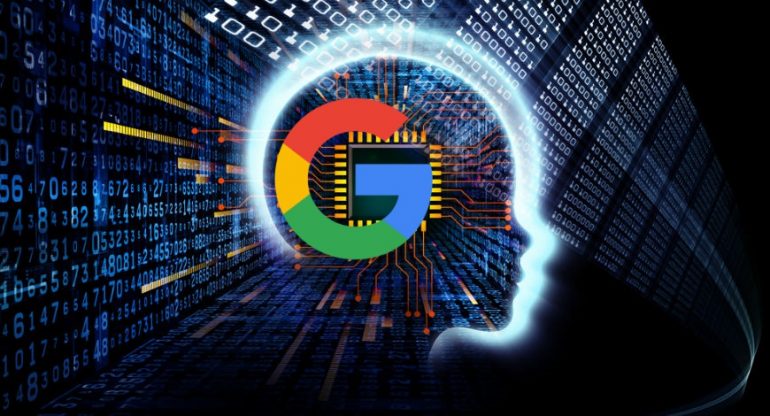Source – techworm.net
The human mind is beautiful yet complex, but have you ever wondered how your brain gets so astute at navigating and finding shortcuts? This is probably a question not on everyone’s mind but for people who are trying to make the way we live our lives easier and better like the Scientists at Google DeepMind, this is a really essential question.
There have been many accomplishments from various AI companies but this feat by Google’s artificial intelligence group, DeepMind and University College London in the United Kingdom has got everyone dreaming.
Imagine an artificial intelligence that trounced a group of experts at a maze game after learning to finds its way around like a human. It’s really remarkable. It’s safe to say AI is winning the rat race.
The most remarkable feat of this experiment was the AI’s self-development of grid cells. During the course of the study, Scientists noticed that the AI developed electrical activity similar to those seen in specialised brain cells which is responsible for human navigational skills when it was trained to navigate through a landscape. Remember that “grid cells” were only just identified in animals in 2005 by Norwegian Neuroscientists May-Britt and Edward Moser, a work that earned the researchers a Nobel Prize in 2014.
In a study, a rat’s grid cells fire when it wanders around and when scientists measured where a rat was located when grid cells fired, those spots — called “firing fields” — formed a hexagonal pattern
Grid cells however don’t work alone, cells like “place cells” which activates when a mammal occupies a specific location and “head direction cells” which activates when the head points in a specific direction are also responsible in helping to keep our bearings.
Artificial Intelligence over the years can be used to do many things, but haven’t proved especially good at navigation until now.
Mammal’s internal navigation system has evolved a lot over millions of years. But could an artificial system be trained also to do the same or even go one better?.
From Mammal To Machine
University of Queensland computational neuroscientist Geoffrey Goodhill, said, firstly, the DeepMind team started with a neural network: a series of algorithms inspired by the brain.
DeepMind has unveiled highly intelligent headlight-grabbing computer programs over the years.
Such examples are the AlphaGo which played the board game Go so well it trounced professional players effortlessly. Its successor, AlphaGo Zero laid the achievements of its predecessor AlphaGo almost insignificant. It won 100 games to zero.
The successes kept getting better; the AlphaGo Zero was of no match to the program that followed, the AlphaZero. The AlphaZero trounced world-champion programs in chess, Shogi and Go, all this with less than a day of training.
While DeepMind states that brain research can benefit from artificial intelligence, Professor Goodhill added that up to now, its work hasn’t really fed back into helping understand neuroscience.
The DeepMind team with the aid of “Path Integration”, which adds direction to track location, trained a neural network to navigate a virtual 2.2 by 2.2 metre environment.
They found out that the trained network developed “grid units”, which fired in a hexagonal pattern – similar to the grid cells found in the human brain.
The grid cells developed by accident and weren’t deliberately programmed to arise. The network was trained for a further 100 times and grid cells emerged each time.
You should know that Mammals also use path integration. Have you ever wondered how you get around in the dark, going from the bed to the toilet in the middle of the night? Path Integration does not rely on landmarks.
Grid Cells Help Calculate Shortcuts
Now that DeepMind had a network with Grid cells, the next question was could it be used to navigate unfamiliar environments and calculate a direct route from A to B?
To answer this new question, their grid cell network was incorporated into a larger system designed to navigate virtual environments. Their artificial agent then received velocity information of its surrounds, like a real animal.
It was noticed that the artificial agent was able to navigate and adjust its route to take a shortcut even in unfamiliar regions when it was let loose in a virtual environment. The artificial agent then struggled to navigate around efficiently when the grid cells were removed.
This skill is called “Vector-Based Navigation”.
The work supports the hypothesis that grid cells are important in planning and calculating a path, even in unfamiliar territories.
When Kumaran said, “We tend to think of navigation as a very everyday thing, but it’s something we don’t understand very well”.
He later went on to add that what their study did was shed light on the neural mechanisms that underlie human navigation.
We can only hope it’s the beginning of an exciting journey between the integration of artificial [intelligence] and neuroscience.”
